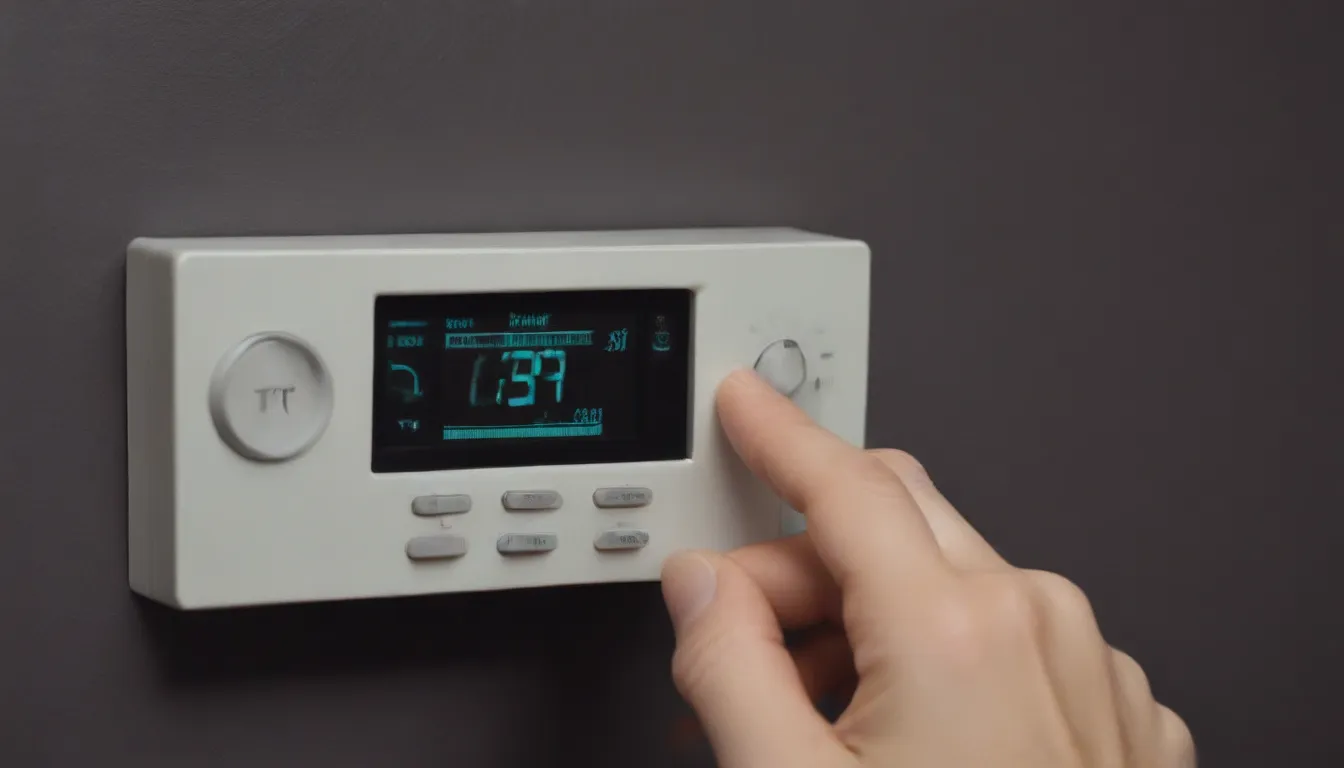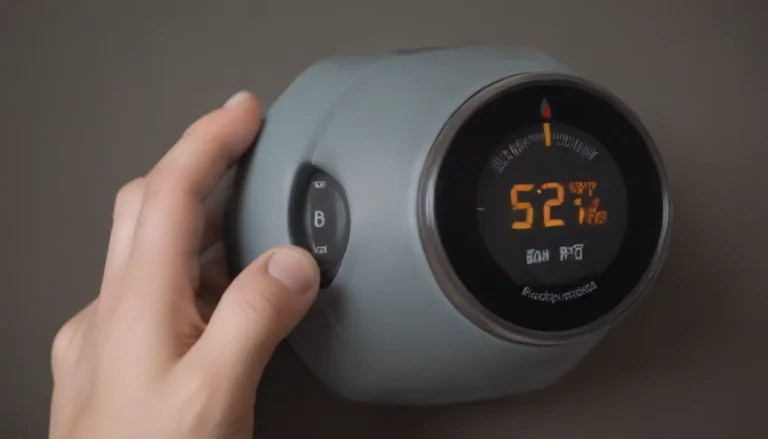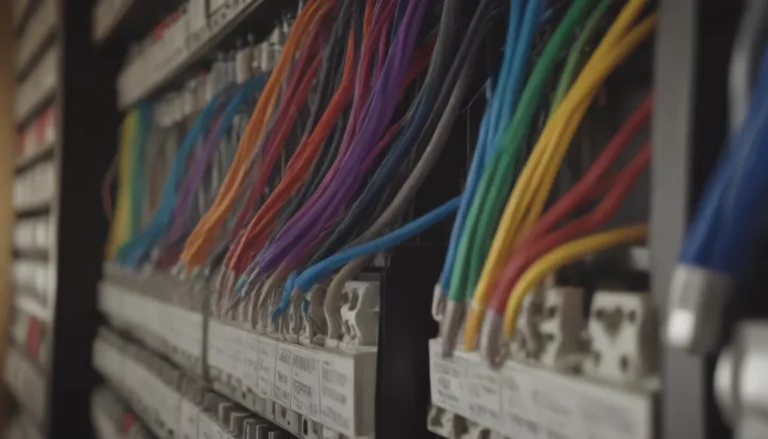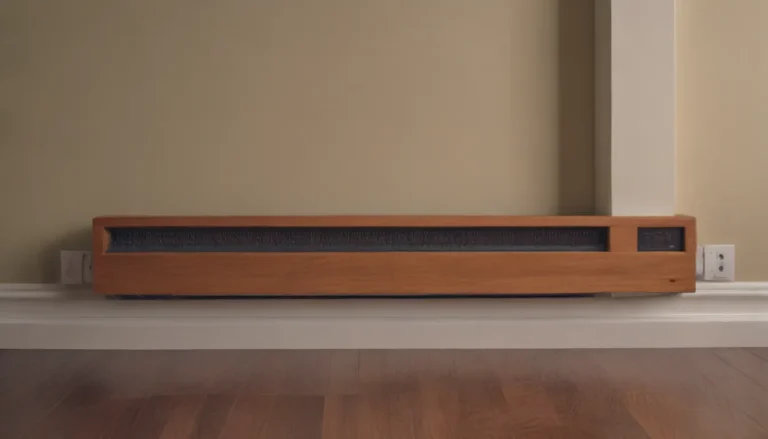Troubleshooting Your Thermostat: 7 Common Reasons Why Your Thermostat Isn’t Working Properly

Is your thermostat acting up and not functioning as it should? It can be frustrating when your HVAC system isn’t working the way it should, especially when it’s controlled by a faulty thermostat. Your thermostat plays a crucial role in communicating your home’s heating and cooling needs to the HVAC system, so it’s essential to identify and fix any issues promptly.
Understanding the Importance of Your Thermostat
Your thermostat is essentially the brain of your HVAC system. It reads the temperature of your home and instructs your heating or cooling system to turn on or off based on the set temperature. If your thermostat is not working correctly, it can lead to discomfort, inefficiency, and potentially higher energy bills. Here are some common reasons why your thermostat may not be working as it should and how you can troubleshoot these issues.
1. The Thermostat’s Power Source Is Failing
If your thermostat’s screen is dark or unresponsive, it might be due to a power issue. First, check if the power switch is on. If it is, try replacing the battery. You can also check for a tripped breaker in your main circuit breaker.
- Make sure the power switch is on
- Replace the battery
- Check for a tripped breaker in the main circuit breaker
2. Loose Connections
Your thermostat relies on tight electrical connections to function properly. Loose wires, corrosion, or other issues can disrupt these connections and prevent your thermostat from communicating with your HVAC system effectively.
- Turn off the power at the breaker before troubleshooting
- Tighten any loose terminal connections
- Inspect for corrosion and replace corroded wires if necessary
3. Dirty Thermostat
Dirt, dust, and debris can accumulate inside your thermostat, affecting its performance. Regular cleaning can help prevent issues related to dirt buildup.
- Turn off the power source
- Remove the thermostat cover and clean using compressed air or a brush
- Replace the cover and turn the power back on
4. Incorrect Leveling
If your thermostat is not level on the wall, it may not accurately reflect the room temperature. Ensure your thermostat is mounted level with the help of a level tool.
- Turn off the power supply
- Unmount the thermostat and reposition it level on the wall
5. Improper Placement
Installing a thermostat in the wrong spot can lead to inaccurate temperature readings. Avoid placing the thermostat near registers, windows, or doors.
- Move the thermostat to a central area away from registers and windows for accurate temperature readings
6. Incorrect Programming
Smart or programmable thermostats may need adjustments if they’re programmed to the wrong settings or timing. Refer to the owner’s manual to learn how to program the thermostat correctly.
- Check the thermostat settings and programming
- Adjust the settings to match your preferences
7. Furnace Switch Issues
The furnace switch needs to be on for the thermostat to work correctly. If the switch is off, simply turn it back on. Consult an HVAC technician if you suspect airflow or cycling issues.
- Ensure the furnace switch is on
- Consult a professional for airflow or cycling issues
When to Replace Your Thermostat
There are instances where you may need to replace your thermostat if it’s old or incompatible with your HVAC system. Make sure to choose a thermostat that meets your system’s requirements to ensure proper functionality.
- Replace the thermostat if it’s old or incompatible
- Select a thermostat that works with your HVAC system
When to Seek Professional Help
If you’ve tried troubleshooting your thermostat without success, it’s time to call in a professional. HVAC technicians have the expertise and tools to diagnose and repair complex thermostat issues.
- Call a professional if troubleshooting efforts fail
- HVAC technicians can address any thermostat problems effectively
Remember, proper maintenance and care of your thermostat can help prevent future issues and ensure your HVAC system runs smoothly. By addressing common thermostat problems promptly, you can maintain a comfortable home environment and potentially save on energy costs in the long run.
In conclusion, your thermostat is a vital component of your HVAC system, and understanding how to troubleshoot common issues can help you maintain optimal comfort and efficiency in your home. By following these tips and seeking professional help when needed, you can ensure your thermostat works seamlessly to keep your home comfortable all year round.





